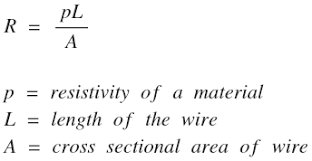MichaelScottPerkins
New member
Why are modern pickups usually made with 42 or 43 AWG wire? Why not as small as 50 AWG or as large as 40?
Maybe another important question is, are the number of wraps, i.e. the total length of the wire that increases a pickup’s strength, or is it the total mass of copper? For example, why not, simply cast a copper ingot with 6 holes through it for the magnets, and put that on the bobbin rather than wrapping wire? That would be a big increase in the total mass of copper. Since no one does it that way, it must have something to do with the overall length of the wire, i.e. # of wraps.
Maybe another important question is, are the number of wraps, i.e. the total length of the wire that increases a pickup’s strength, or is it the total mass of copper? For example, why not, simply cast a copper ingot with 6 holes through it for the magnets, and put that on the bobbin rather than wrapping wire? That would be a big increase in the total mass of copper. Since no one does it that way, it must have something to do with the overall length of the wire, i.e. # of wraps.

